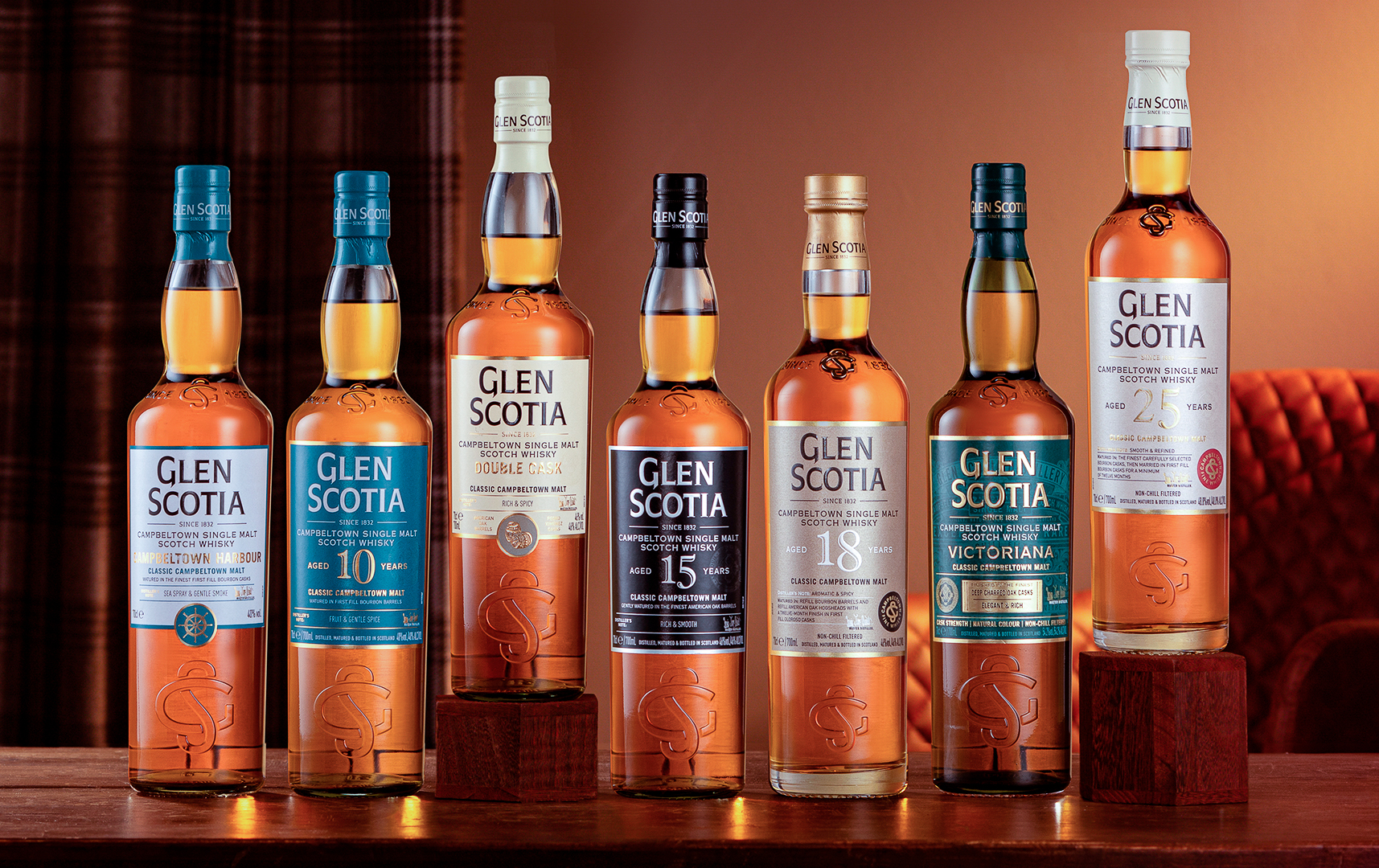The new face of Glen Scotia

The Loch Lomond Group, owner of the Glen Scotia distillery among others, has revealed a new packaging design for the distillery's products. The whiskies produced in Campbeltown will from now on be offered in bottles prepared according to a new design, bearing new labels.
The new bottles and labels will be applied to the distillery's entire basic range, as well as special and limited editions. As the producer announces, the packaging of each whisky will also include a wide range of information on the history of the distillery, the history of each edition, its place in the company's offerings, as well as detailed tasting notes by a master distiller.
The introduction of a new packaging design for Glen Scotia products is another step in strengthening the distillery's market position. According to the owner, it is also an opportunity to interest the distillery's offerings to more supporters of whisky from a distillery that is the backbone of Campbeltown's revival as a region.
Glen Scotia is one of two whisky factories in the region that have weathered all the storms and contrary winds to lay the groundwork for the rebirth of the region during the heyday of Scotch whisky history. Campbeltown once had more than 30 distilleries in operation. Their crash, caused by a number of factors that plagued both the Scottish distilling industry in general and the Campbeltown region in particular, nearly led to the disappearance of distilling at the southern end of the Kintyre peninsula. The town of Campbeltown and its environs, which were described as the Victorian whiskey capital of the world, almost ceased to exist as a whiskey-producing region in the 1920s. In the 1970s. Campbeltown entered the 21st century with two distilleries - Springbank and Glen Scotia just out. And even though Springbank produces as many as three different brands of whisky, it doesn't seem enough to maintain Campbeltown's status as a separate whisky-producing region.
There are currently three distilleries operating in Campbeltown. The aforementioned two were joined in 2004 by Glengyle, reactivated by the owners of Springbank. There have been recent announcements of the launch of two new distilleries, Machrihanish and Dál Riata, which we wrote about in February this year. There are many indications that this is not the end of the trend. Thus, it can be expected that the position of both the region as such and the Glen Scotia distillery, which is one of the oldest distilleries in the region, will be strengthened.
Those interested in Glen Scotia whisky are encouraged to learn more about the the current offer of the House of Whisky Online.
[06.06.2022 / photo: Loch Lomond Group]